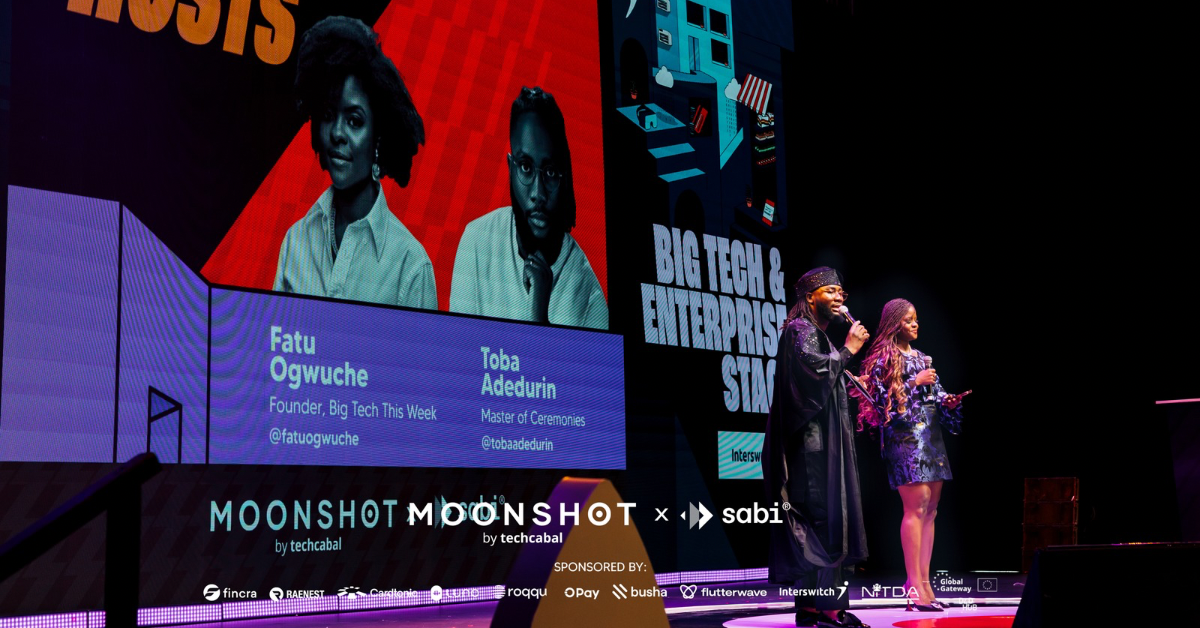Bothell, Wash.-based Portal Space Systems says it has successfully tested its solar thermal propulsion system at operational temperatures inside a vacuum chamber, marking a first for the commercial space industry.
The test marks a key step in the development of Portal’s 3D-printed heat exchanger thruster, known as Flare. The thruster is part of a propulsion system that converts concentrated sunlight into heat. That heat would, in turn, warm up an ammonia-based propellant to produce thrust and send Portal’s Supernova satellite platform where it needs to go.
Supernova is designed to maneuver payloads quickly between orbital locations — for example, to head off close encounters between a growing number of commercial satellites, or to respond to space-based threats from rivals such as China and Russia.
NASA and the U.S. Air Force have experimented with solar thermal propulsion since the 1960s, but Portal is the first commercial venture to capitalize on the concept. Solar thermal propulsion would make Supernova more maneuverable than traditional spacecraft — with the ability to change orbits within hours or days, rather than weeks or months.

“With maneuverability becoming a defining advantage in space operations, Supernova is built to give national security and commercial operators the ability to reposition, respond and persist across orbits,” Portal CEO Jeff Thornburg said today in a news release. “This propulsion system unlocks mission tactics and timelines that traditional chemical or electric systems simply can’t support.”
For the vacuum chamber test at Portal’s Bothell lab, engineers used an electrical induction system to simulate the sun’s heating power. The apparatus reached temperatures in the range of 1,500 degrees Celsius (2,700 degrees Fahrenheit), and the performance of the thruster validated Portal’s propulsion architecture for integration with future flight hardware.
Supernova’s first full-scale demonstration mission is currently scheduled for launch in 2026. Last year, Portal received a commitment of $45 million in funding through the U.S. Air Force’s SpaceWERX STRATFI program to support spacecraft development. In April, the company reported raising $17.5 million in private seed funding.











